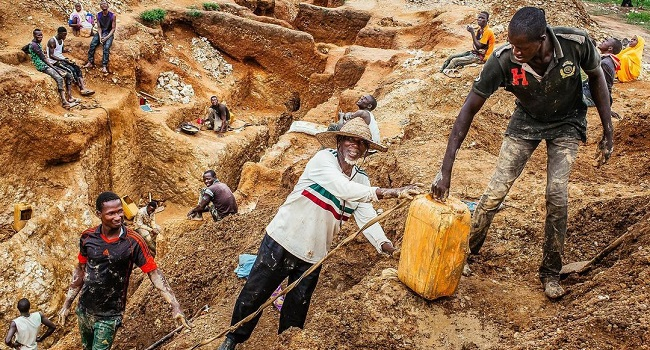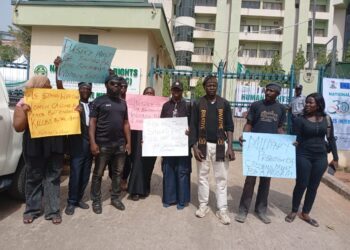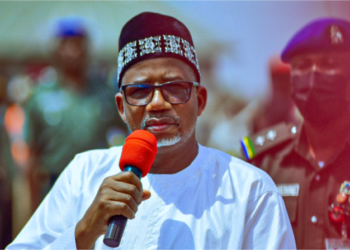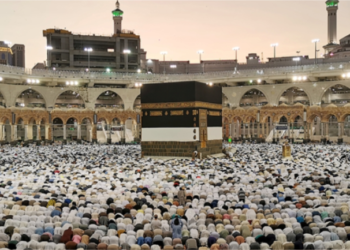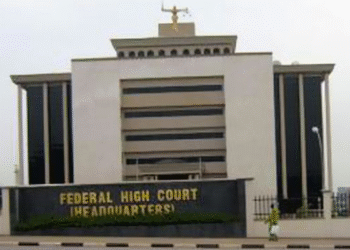Governor Caleb Mutfwang of Plateau State has signed an executive order suspending mining activities in the state with immediate effect.
The governor explained that the measure is being taken to protect places of mining activities in the state, while a technical committee which has been inaugurated will ascertain persons that are licensed to conduct mining activities in the state.
“Whereas there is an increase in illegal mining activities and insecurity associated with such mining activities in various local government areas in Plateau State. And whereas there is an increase inflow of foreigners in the mining areas of Plateau State which significantly increase insecurity in the state including but not limited to offences of rape, banditry, illegal possession of firearms, drugs and kidnapping,” the governor added.
The governor explained further that the state government shall also collaborate with the federal government with a view to ascertaining the relationship and details of the appropriate standards and monitoring framework between the state, local government areas, host communities and mineral rights holders.
The governor added that there shall be a holistic review of security situation in all the mining areas of the state and ensure adequate community development and agreement meant to address the socio-economic contributions of the mineral rights holders to the host communities in the state.
The executive order takes effect from the 21st day of February 2025.


